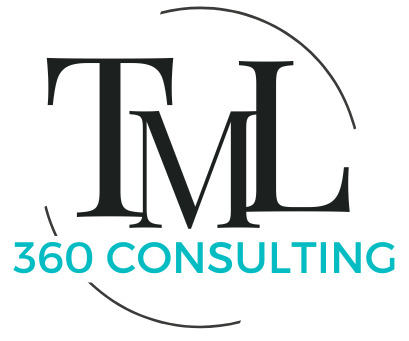What To Do With Employee Files? A Comprehensive Guide to Effective Employee File Management
Employee files are the backbone of any Human Resources (HR) department. They contain crucial information about an organization's workforce, from hiring to retirement or termination. Properly managing employee files is not only essential for compliance with employment laws but also for ensuring a smooth and efficient HR operation. In this comprehensive guide, we will explore best practices for organizing, securing, and maintaining employee files to safeguard sensitive information and support your HR department's success.
Understanding the Types of Employee Files
Employee files can be divided into two main categories: personnel files and confidential files. Personnel files include essential employee documents, such as resumes, job applications, offer letters, performance evaluations, and training records. On the other hand, confidential files hold sensitive information, like medical records, background checks, and other legally protected data. Keeping these files separate ensures that only authorized personnel can access confidential information.
Develop a File Organization System
An effective file organization system is critical to managing employee files efficiently. Start by creating a file for each employee, either physically or digitally, and label it with the employee's name and unique identifier. Use subfolders or sections to categorize documents within each file, making it easy to locate specific information quickly.
Implement Digital Employee File Management
With advancements in technology, many HR departments are transitioning to digital file management systems. Digital solutions offer numerous benefits, such as easy accessibility, reduced paper clutter, and improved security. Ensure that your chosen digital platform complies with data protection regulations to safeguard employee privacy.
Maintain Strict Data Privacy and Security
Protecting employee information is paramount. Ensure that physical employee files are stored in locked cabinets accessible only to authorized personnel. For digital files, implement strict access controls and encryption measures. Conduct regular security audits to identify vulnerabilities and address them promptly.
Stay Compliant with Employment Laws
Compliance with employment laws is a crucial aspect of employee file management. Familiarize yourself with relevant regulations, such as the Health Insurance Portability and Accountability Act (HIPAA), the Family and Medical Leave Act (FMLA), and the Fair Labor Standards Act (FLSA). Establish procedures for document retention and disposal that align with legal requirements.
Document Retention and Disposal Policies
Develop clear document retention and disposal policies to avoid clutter and maintain compliance. Different types of documents have varying retention periods, so be diligent in identifying and adhering to these timelines. For example, tax-related documents should be retained for at least seven years, while performance evaluations may have a shorter retention period.
Conduct Regular Audits
Regular audits are essential to ensure that employee files are complete, accurate, and up-to-date. Conducting periodic reviews can help identify missing or outdated information, enabling HR professionals to take corrective action promptly.
Develop a Recordkeeping Schedule
A recordkeeping schedule outlines the types of documents, retention periods, and disposal procedures. Creating a comprehensive schedule ensures consistency and helps your HR department stay organized and compliant.
Educate HR Staff and Managers
Educate your HR staff and managers about the importance of proper employee file management and compliance. Provide training on recordkeeping policies, confidentiality, and data protection to ensure that everyone in your organization understands their responsibilities in handling employee files.
Seek Professional HR Consultation
If you're unsure about the best practices for managing employee files, consider seeking guidance from HR consulting experts. A reputable HR consulting firm can provide tailored advice and solutions to meet your organization's specific needs and ensure optimal employee file management.
In conclusion, effective employee file management is a cornerstone of successful HR operations. By understanding the different types of employee files, implementing a proper organization system, and maintaining strict data privacy and compliance, you can safeguard sensitive information and support the smooth functioning of your HR department.
Remember to stay up-to-date with employment laws, conduct regular audits, and educate your staff to ensure that your employee files are accurate, secure, and always in compliance with relevant regulations. With a well-organized and compliant employee file management system, your HR department can focus on fostering a positive and productive work environment for your organization's success.



Want more information on our HR consulting services?

Latest news in HR for small business


TML 360 Consulting